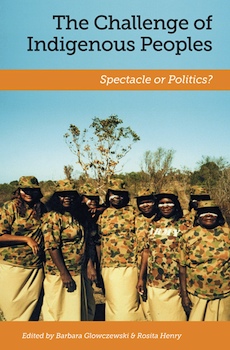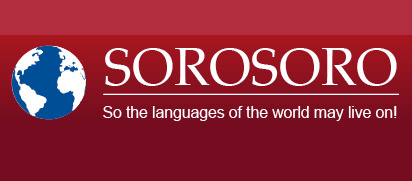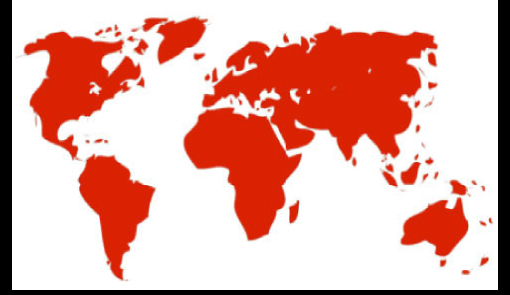Print  |
|


June 2011: Interview with Barbara Glowczewski on publication of «The Challenge of Indigenous Peoples»

Barbara Glowczewski has professorial research tenure at the Laboratoire d’Anthropologie Sociale (CNRS/EHESS/Collège de France). Most of her work evolves around the Australian Aborigines. She is the author of many books, articles and audiovisual productions, and is also regularly involved in exhibitions of Aboriginal art.
Glowczewski and Rosita Henry, Associate Professor of Anthropology at James Cook University, Australia, are the co-editors of a collective work titled « The challenge of indigenous peoples ». Bringing together both anthropologists and artists, the book explores how indigenous people express their social and cultural identities through art and politics.
Barbara, this is a collective work gathering authors who bear different backgrounds, which peoples are they talking about?
Eight authors based themselves on their respective experiences with Aboriginal communities from different parts of Australia: Warlpiri and Kukatja in the western and central desert, Yolngu and Yanyuwa, Garrwa, Mara and Kurdanji in Northern Territory, Kija and Yawuru/Djabirr Djabirr in the Kimberley, as well as artists from cities of the South.
Three other chapters analyze the situation of Oceanian peoples gathered for three festivals in the South Pacific, especially the Bunaban, the Melanesian of the Solomon Islands, and the population of Palau.
The book finally examines two examples of indigenous situations: Adivasi in India, and Khanti and Mansi in Siberia.
Why limit the geographical area to Asia / South Pacific / Siberia, and leave Africa and the Americas behind?
The book is an updated translation of Défi indigène [“Indigenous challenge”] published in 2007 following a collaboration program that Rosita Henry and myself had put together to support young researchers working in Australia.
We organized various international meetings and seminars joined by our fellow Oceanists and specialists of India and Siberia who came and enriched the comparative approach, which kept growing with the examples of other continents for future publications.
The title of this book is relatively broad, since indigenous peoples actually face a number of challenges. Which particular challenges are you addressing?
The subheading asks the question « spectacle or politics? », in an attempt to respond to the misconceptions and denials in regards to the cultural uniqueness of indigenous groups who expose themselves in the public arena.
The issue, for these groups, is a challenge of survival and recognition: to claim a right to existence by producing the image they wish to give of themselves, both as a cultural approach and as a political statement on self-determination, in order to change the postcolonial public eye.
Why choose artistic expression rather than purely political claims?
The past twenty years has seen Australian Aborigines engage a revolution in the history of contemporary art through tangible and intangible productions that carry a political message.
A good number of other indigenous peoples are part of this movement: they fight discrimination with the creativity of their cultures. The recent approval of the Declaration on the rights of indigenous peoples by UN member states is a proof of that.
What kind of audience are you trying to reach with this book?
We’re addressing all kinds of audiences, in times where the survival of the planet and that of its biodiversity partly depend on the recognition of its cultural diversity.
Contributors to this book include:
Wayne Jowandi Barker; Jessica De Largy Healy; Barbara Glowczewski; Rosita Henry; Wolfgang Kempf; Jari Kupiainen; Stéphane Lacam-Gitareu; Géraldine Le Roux; Arnaud Morvan; Martin Préaud; Dominique Samson Normand de Chambourg; Alexandre Soucaille; Anke Tonnaer
« The challenge of Indigenous Peoples » is available for purchase both in paper or electronic version.
Biography of Barbara Glowczewski, member of the Sorosoro scientific board








